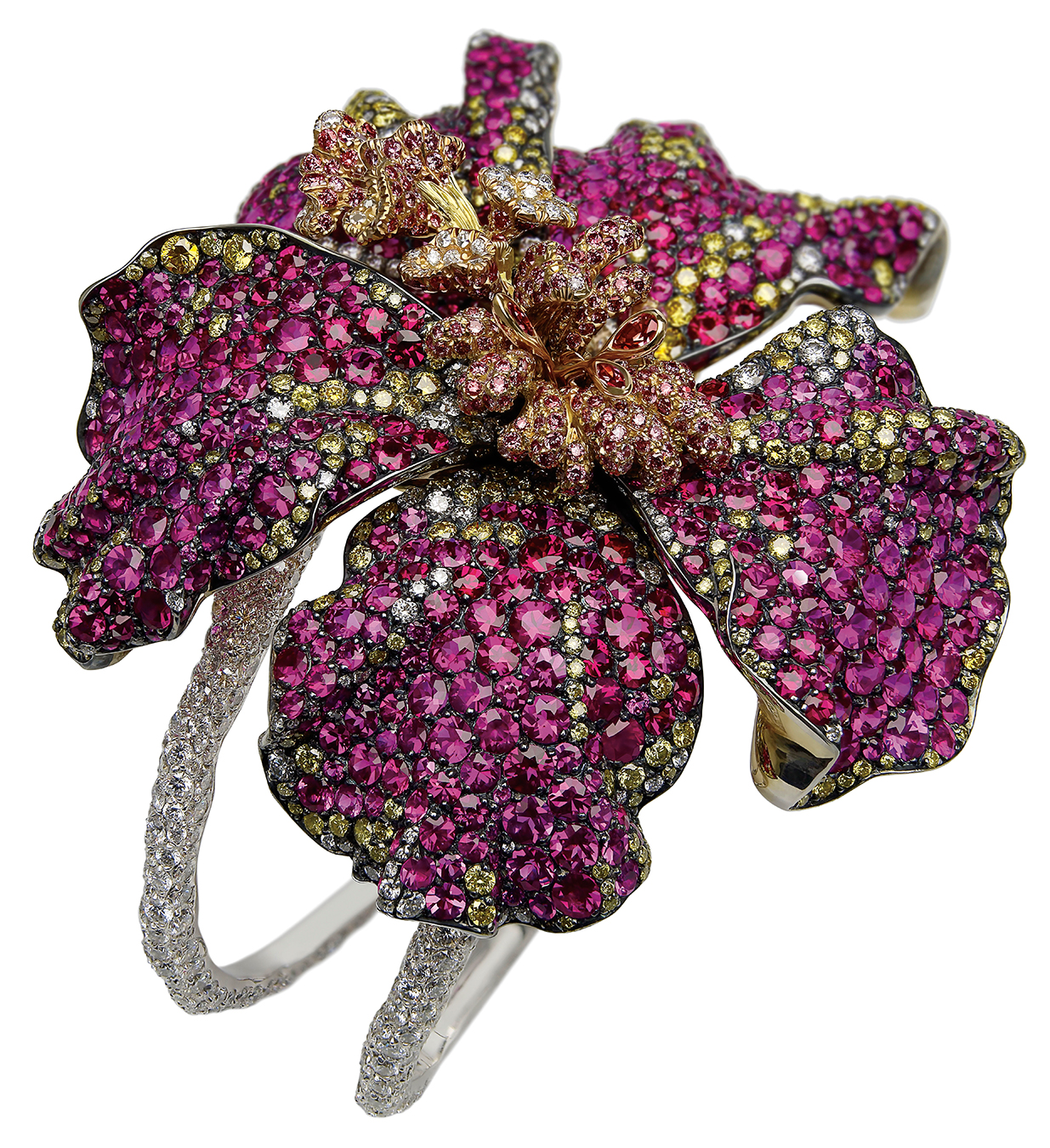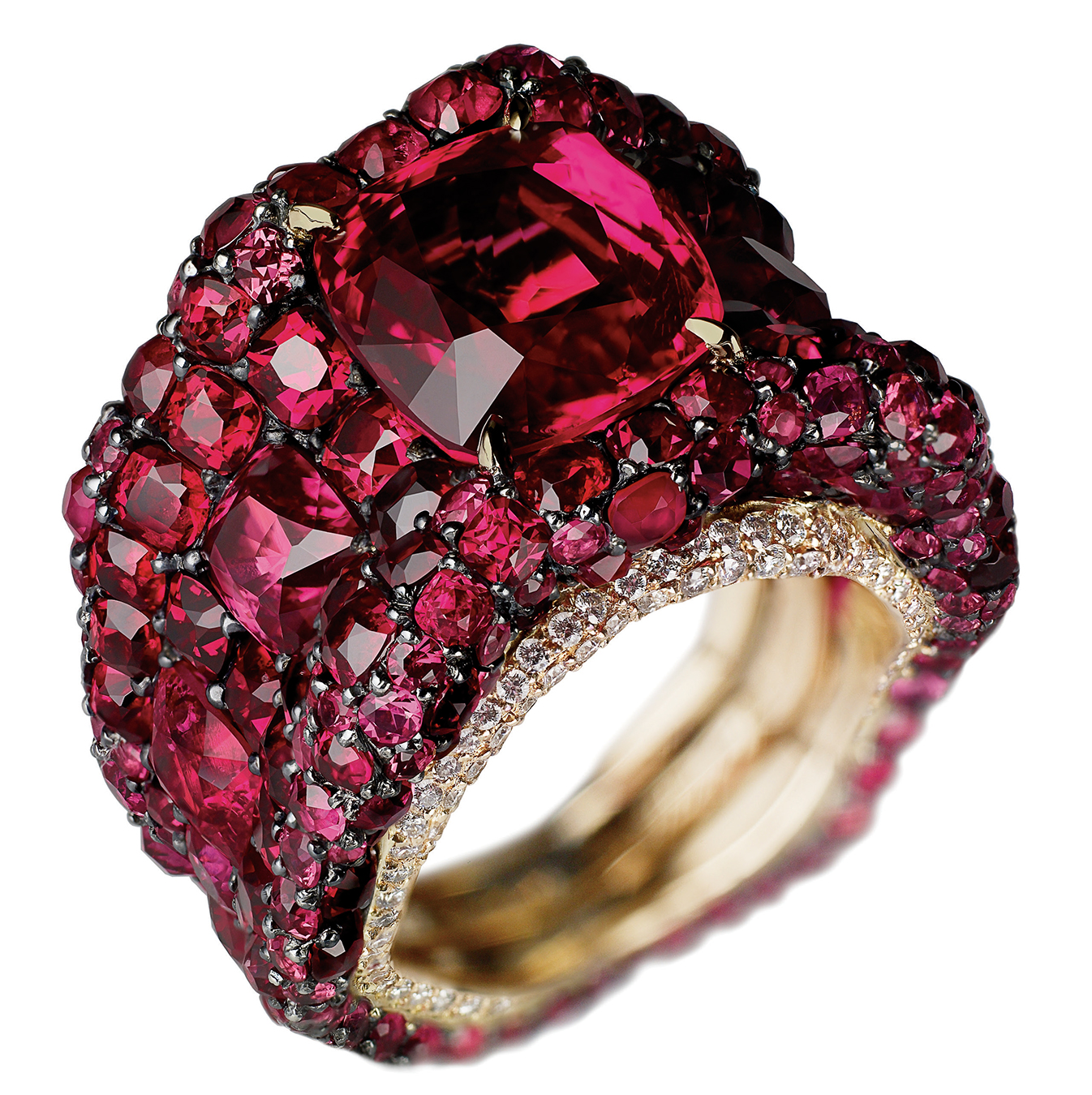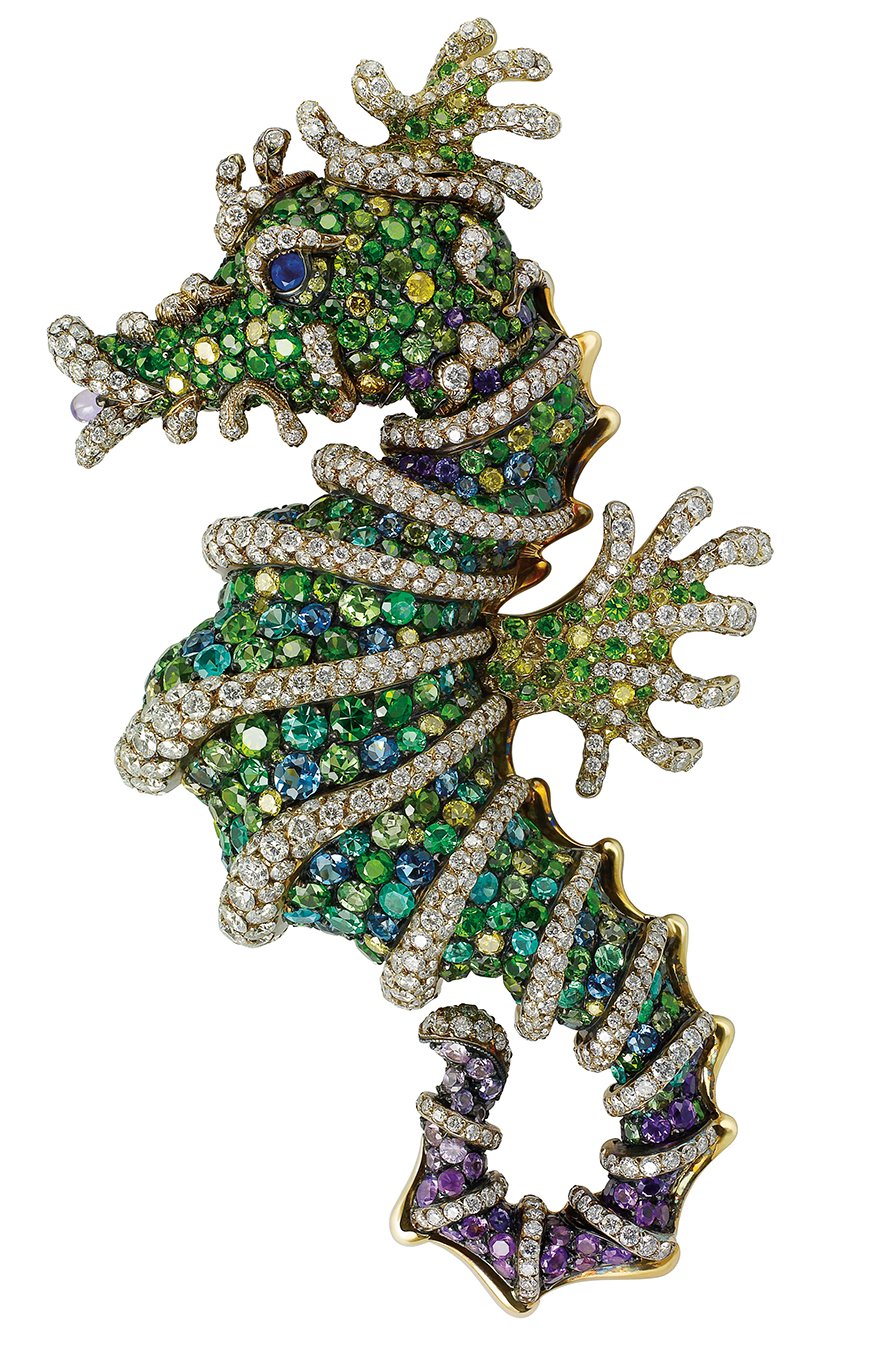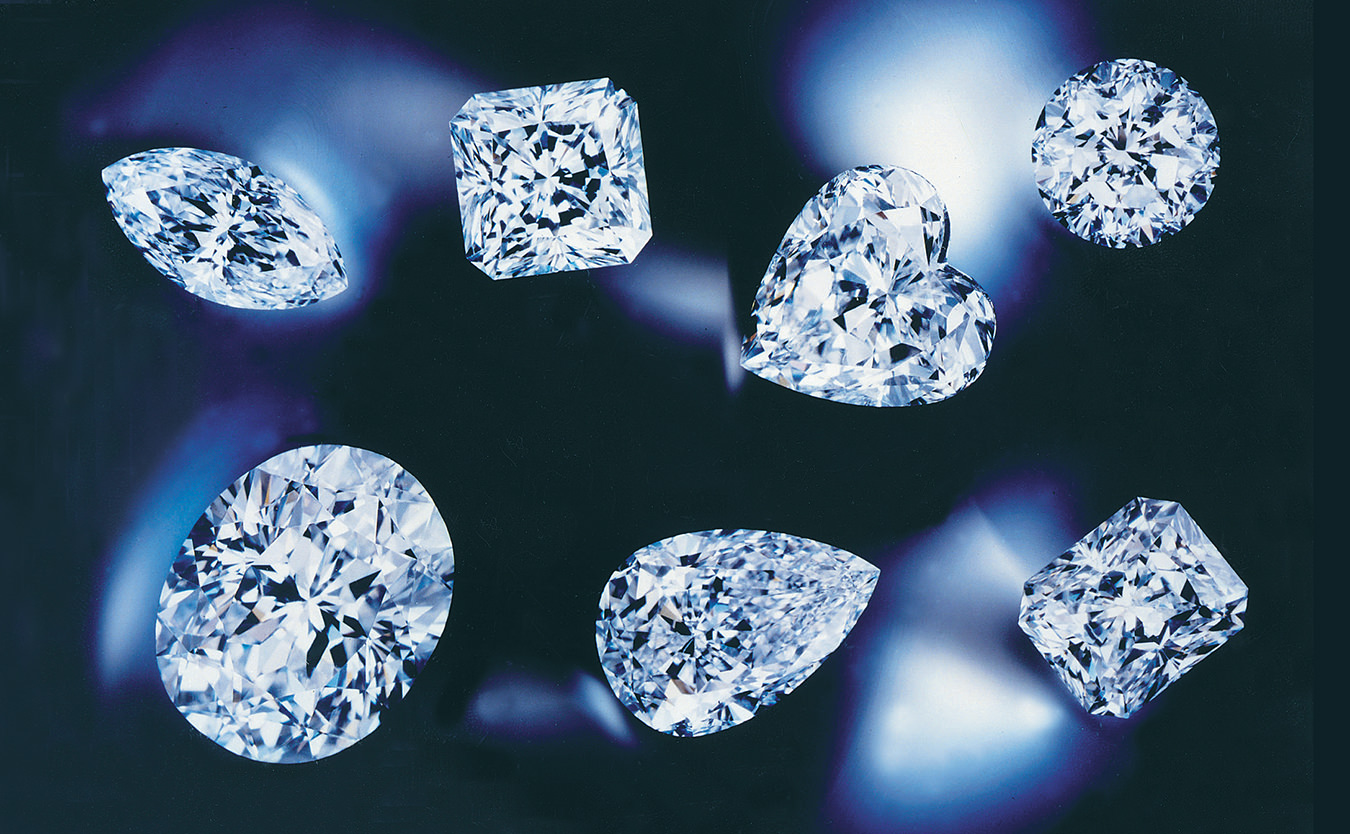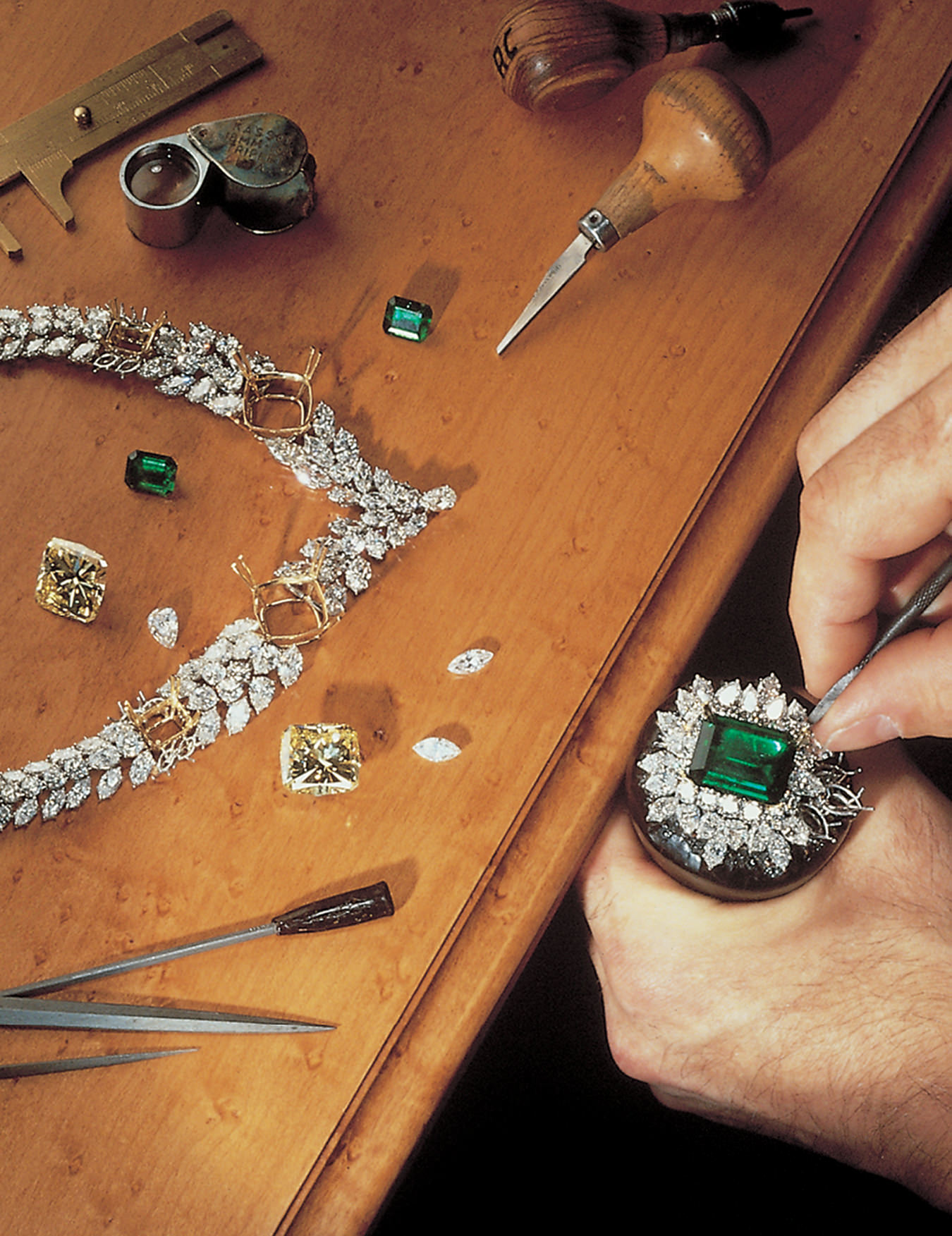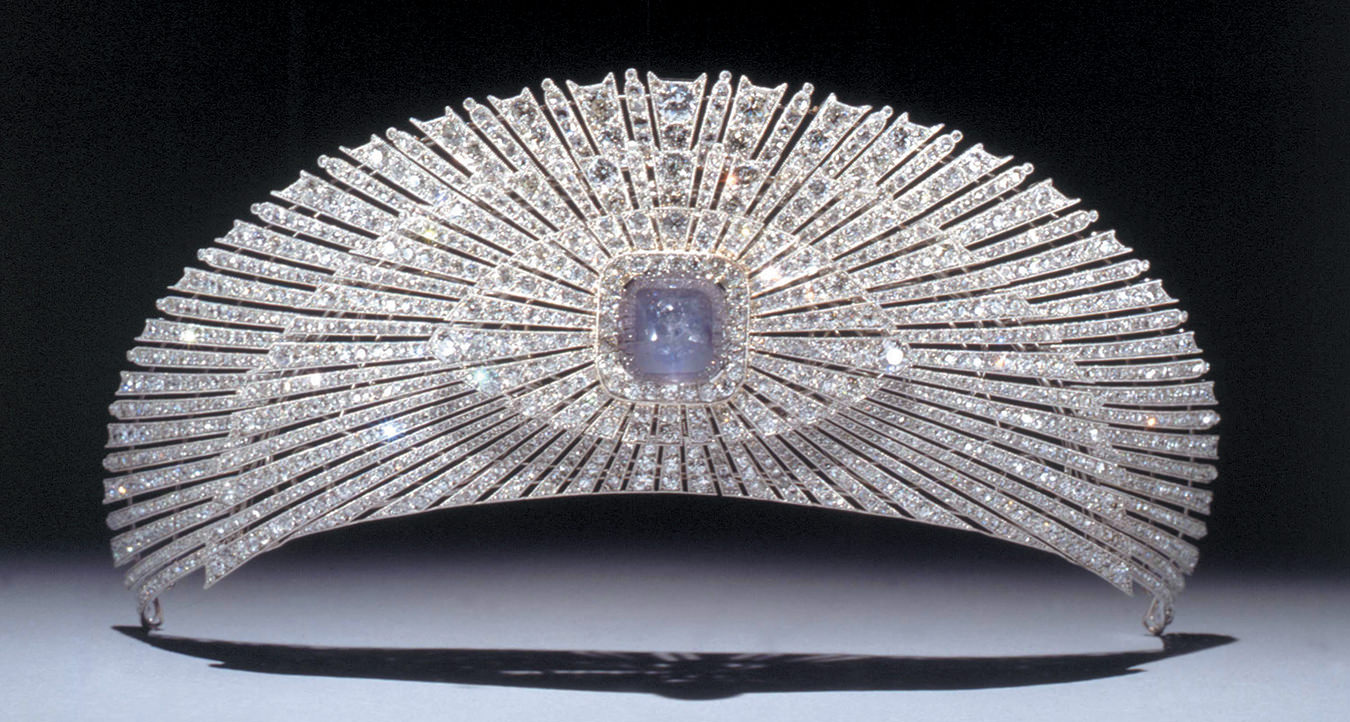Fabergé
Beauty in history.
When Peter Carl Fabergé, founder of the world-renowned Fabergé jewellery firm, fled to Germany amidst the Russian Revolution in 1917, he took none of his jewels with him, according to his great-granddaughter Tatiana Fabergé. “He quite simply believed that he would return to St. Petersburg,” she says. “There was a revolution earlier that year in February. Many people left but were able to return a few weeks later. Naturally, everyone thought the same would happen with the October Revolution.” History turned out quite differently, however, and Peter Carl’s treasures were confiscated by the new regime. With the fall of the Romanov Dynasty, so too fell the House of Fabergé—and Peter Carl died in exile less than three years later, having never recovered from the shock.
A Russian goldsmith, Fabergé was first recognized in 1882 when Czar Alexander III and his wife, Maria Feodorovna, bought one of his first creations, a pair of gold cufflinks. Three years later, he was commissioned by the Czar to create the very first jewelled Imperial Easter egg as a 20th-anniversary present to his wife, who was said to have been so enchanted with it that the eggs became an annual tradition to the Russian court. The Czar’s only requirement was that the egg had to conceal a decorative treasure inside. One of the last eggs Peter Carl designed for the imperial court was the Order of St. George Egg, created in 1917 and presented by Nicholas II to his mother, the Dowager Maria Feodorovna; it has a portrait of his father and the Czarevich inside, and upon fleeing Russia herself in 1918, Maria Feodorovna took it with her.
Almost a century after the historic jeweller’s demise, Fabergé has relaunched with a new collection, and with the opening this past December of its first boutique since 1917 in Geneva. Mining investment group Pallinghurst Resources acquired all rights to the Fabergé name in 2007 and also reunified Fabergé with members of the family, specifically Peter Carl’s great-granddaughters Tatiana and Sarah Fabergé. The firm is working alongside the family to restore the Fabergé brand to a position as one of the most desirable and exclusive names in high-end jewellery.
With the exception of the Geneva salon, Fabergé is not concentrating on specific countries or regions, and instead has created an online business model whereby anyone anywhere in the world can access Fabergé. The website (www.faberge.com) serves as a means of extending the shop window from Geneva to across the world and gives potential clients a convenient and visually compelling introduction to the Fabergé realm and style. Mark Dunhill, CEO of Fabergé, indicates that this introduction is typically followed up by a personal visit by the client to the boutique or by Fabergé to the client. “I am encouraged by how the combination of high technology and the traditional, time-honoured, discreet, and personal approach is enabling Fabergé to connect with a global audience more quickly and effectively than could ever have been achieved had we relied only on a physical boutique to provide access to our collection,” he says.
The revival collection, entitled Les Fabuleuses, was launched in September 2009 at Goodwood House in Sussex, England, and was created by Fabergé creative director Katharina Flohr and leading Parisian artist-jeweller Frédéric Zaavy.
The idea for many of the 100 or so pieces in the collection came from Flohr in June 2008 when she, Tatiana Fabergé, and Zaavy travelled to St. Petersburg together to immerse themselves in the history of Fabergé, and in Tatiana’s own memoirs. “Tatiana and I were strolling through the gardens of Peter Carl’s old country estate,” recalls Flohr. “We were discussing the significance of flowers in Russian culture and how they were such a recurring theme in Peter Carl’s designs. Quite spontaneously, we came upon a four-leaf clover. It was a good omen,” she says, laughing. The incident translated into a ring with a clover design made with 18-karat yellow gold and set with 634 white diamonds and demantoids totalling 11.59 carats, and it marked the playful and indulgent tone—that Peter Carl so loved—for the pieces yet to come.
The collection is divided into three parts: Les Fleurs de Fabergé, Les Fables de Fabergé, and Les Fauves de Fabergé. It’s inspired by the cultural and artistic heritage of Russia, as well as the belle époque and art nouveau movements from when the House of Fabergé was at its height—but they also manage to show a distinct contrast in terms of aesthetic and design. At the beginning of the 20th century, Russia was at the forefront of bringing the world a whole new concept of beauty, says Flohr. And Peter Carl was exposed to a lot of the artists of the time: many of his clients were ballerinas to the court, and he would often present them with gifts; a lot of the cigarette cases he designed for them contained fairytale motifs. There was a strong belief in artistic circles such as these that the beauty of art could transform the world. Carl challenged the traditionally lavish and excessive notions of beauty of the time by “embracing the mundane,” says Flohr, by depicting utterly ordinary domestic and farm animals, and by experimenting with unconventional materials and less-precious stones such as jade and jasper in combination with precious gems.
“The concept of beauty in our times is more related to poetic reasoning,” says Flohr. “The flower designs in the collection, such as the hibiscus bracelet, for example, look as though they have been captured in movement. The Black Tulip ring in particular looks windswept, as if it has been affected by the turbulence of time—withered and mysterious.” Flohr’s favourite piece in the collection, the Vagabonde Rouge ring, exudes a vulnerable sensuality. “To capture this kind of emotion in metal and stone is a long and painstaking process,” she says. “We have sought to instill the romance and the core values that were so important to Peter Carl, but it is the way we place the jewels that shows the modernity of Fabergé.” Their reputation for such meticulous attention to detail is what makes many of the pieces such revered heirlooms.
The one-of-a-kind pieces will continue to debut, and the house is seeking to create the first Fabergé egg in almost a century. “We are looking in that direction,” says Flohr. “It’s like we’ve come full circle. We’re beginning at the roots.” On the day of the relaunch, Tatiana Fabergé, who has made it her life’s mission to restore her great-grandfather’s legacy, said in a moment of emotion, “I think I can sleep now.” Those may just be Peter Carl’s sentiments exactly.

